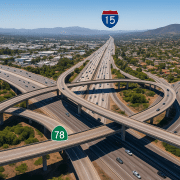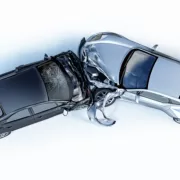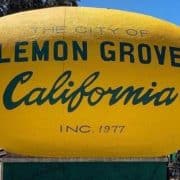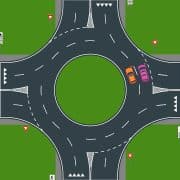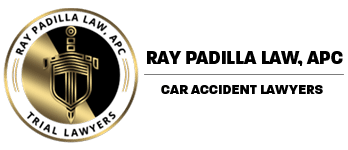Broken Teeth and Jaw Injuries After a Car Crash — What You Need to Know
At Ray Padilla Law, we understand that not all crash injuries are visible right away. While broken bones and head trauma often get immediate attention, dental and jaw injuries from car crashes are frequently overlooked—and they can be just as devastating.
Common Dental and Jaw Injuries from Crashes
The impact from a crash can easily cause the head or face to strike the steering wheel, dashboard, window, or even an airbag with significant force. That trauma can result in:
- Fractured or knocked-out teeth: One of the most common oral injuries after a crash. These may require dental implants, crowns, bridges, or full-mouth reconstruction.
- Broken jaw (mandibular fracture): A jaw fracture can interfere with eating, speaking, and even breathing, and may require surgery or wiring the jaw shut.
- TMJ injuries: The temporomandibular joint (TMJ) connects the jaw to the skull. Damage here can lead to chronic pain, jaw clicking, headaches, and long-term dysfunction.
- Soft tissue damage: Cuts and lacerations to the lips, gums, tongue, or inside of the mouth are common when glass shatters or loose objects strike the face.
Even if you walk away from the crash feeling “okay,” symptoms of jaw trauma or tooth damage can develop over the next few hours or days. Pain, swelling, bite changes, or headaches may all indicate deeper injuries.
Why These Injuries Matter
Dental injuries may not seem as urgent as a broken leg, but they often come with high medical bills and ongoing complications. Unlike some crash injuries that heal completely, mouth and jaw trauma often leads to long-term issues. Treatment may require ongoing care from dentists, oral surgeons, orthodontists, or cosmetic specialists—and those procedures can be expensive.
Even worse, mouth and jaw injuries can affect your self-esteem, especially when front teeth are involved. Talking, eating, smiling—things we take for granted—can suddenly become difficult or embarrassing.
Insurance companies frequently undervalue dental claims, assuming they’re “cosmetic” or minor. At Ray Padilla Law, we know better. We’ve helped clients recover compensation not only for emergency care, but also for future dental work, missed workdays, and the pain and emotional toll these injuries cause.
What to Do If You Suffer Facial or Dental Injuries in a Crash
If you’ve suffered trauma to your mouth or jaw after a crash:
- Seek immediate medical and dental attention. Acting quickly may save a tooth or prevent long-term damage.
- Document everything. Take photos of your injuries and keep detailed records of your care and pain levels.
- Contact Ray Padilla Law. Our experienced legal team will investigate your claim, preserve evidence, and fight for full compensation—including coverage for future dental needs and pain and suffering.
We’re Here to Help
Our team has represented clients with a wide range of crash-related injuries, including jaw fractures, lost teeth, and TMJ dysfunction. We understand how serious and sensitive these cases are.
If you or someone you love suffered dental or jaw injuries in a crash anywhere in San Diego County, contact Ray Padilla Law today for a free consultation, even if it is just to ask “What should I do?” We’re here to help you recover physically, financially, and emotionally.

